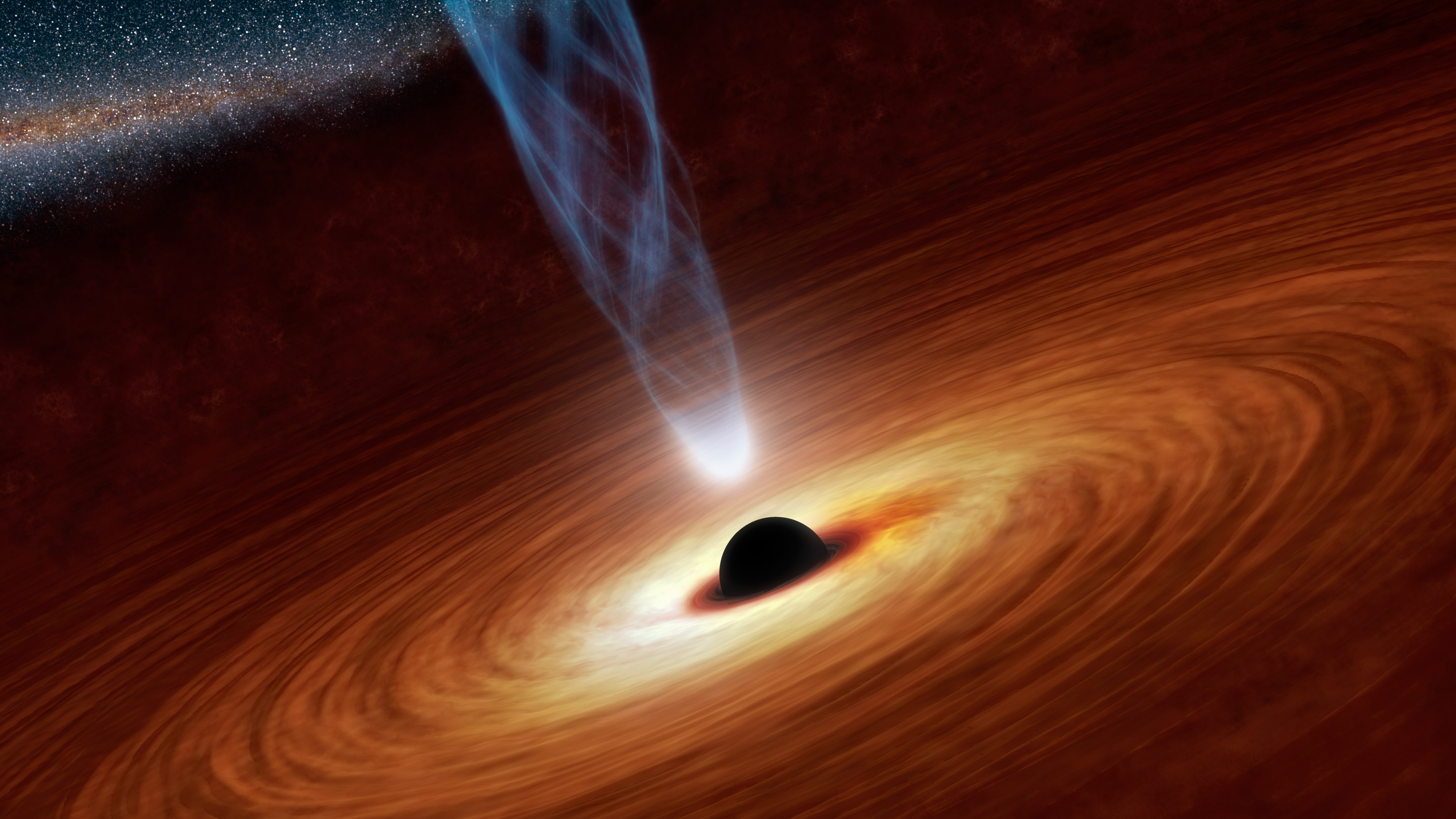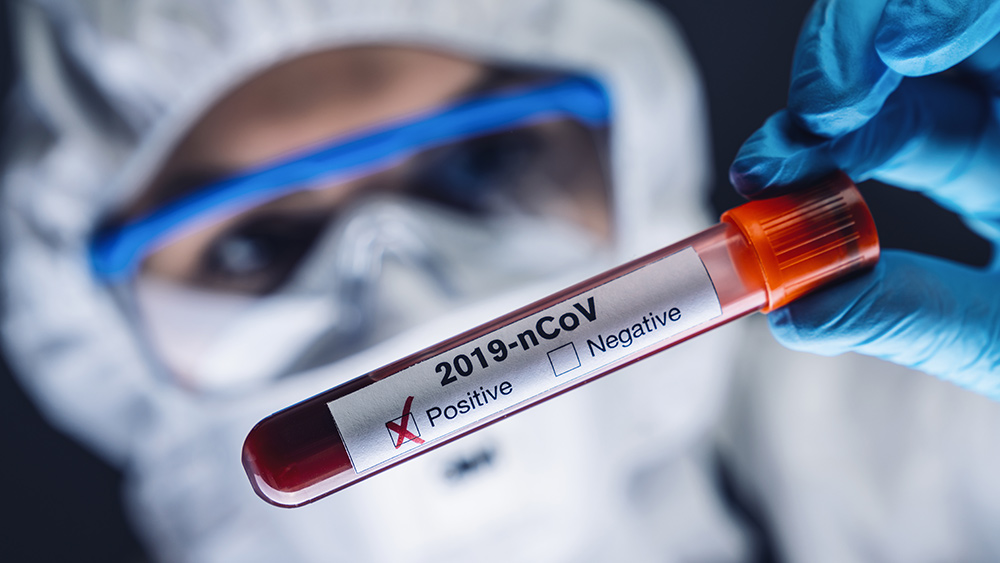
Advertisement
There’s an age-old adage about an unstoppable force meeting an immovable object – now one such encounter is about to happen on an interstellar scale. Astronomers have recently identified two supermassive black holes that are on a collision course with each other.
The team, led by Princeton University‘s Andy Goulding, found the supermassive black holes in a galaxy 2.5 billion light-years away. Each has a mass of more than 800 million times that of our own sun. As these two giants draw closer to each other, they’ll start sending gravitational waves rippling through space-time in, coincidentally, about 2.5 billion years.
Even before they collide, however, the gravitational waves from these two supermassive black holes will dwarf those previously detected from the mergers of neutron stars and smaller black holes. The scientists believe that they can use these waves to learn more about supermassive black holes and potentially discover any more that are nearby.
“Supermassive black hole binaries produce the loudest gravitational waves in the universe,” said co-discoverer Chiara Mingarelli, an associate research scientist at the Flatiron Institute‘s Center for Computational Astrophysics in New York City.
Finding supermassive black holes
What makes the two supermassive black holes interesting is that they’re 2.5 billion light-years away from Earth. Since it takes 2.5 billion years for radiation from the two black holes to reach our world, what the scientists are seeing is actually a picture of what they were 2.5 billion years ago. As that is also the amount of time the scientists estimate it would take for them to start releasing their gravitational waves, it means that they already are releasing these waves — they just haven’t reached us due to how far away they are.
Despite the fact that the waves will take billions of years to reach us, the scientists have already found a use for the supermassive duo. Their discovery will help scientists estimate how many nearby supermassive black holes are emitting gravitational waves that can be detected right now. Detecting these waves will help scientists resolve some of the biggest mysteries in astronomy, including how often galaxies merge and whether supermassive black hole pairs actually merge or if they just dance around each other for eternity.
“It’s a major embarrassment for astronomy that we don’t know if supermassive black holes merge,” said study co-author Jenny Greene, professor of astrophysical sciences at Princeton.
“For everyone in black hole physics, observationally this is a long-standing puzzle that we need to solve.”
Exploring the final parsec problem
Supermassive black holes are important to the formation of galaxies, as nearly all of them, including the Milky Way, contain at least one of these giants at their core. When galaxies merge, the supermassive black holes within their cores begin orbiting one another, resulting in the two stealing energy as gas and stars pass between them.
This whole process of energy theft stops once the two behemoths get close enough. What happens after this, however, is something that’s still up for debate. One theory states that the supermassive black holes stall when they’re around 1 parsec (3.2 light-years) apart. This resulting slowdown, called the “final parsec problem” lasts indefinitely. With this scenario, only very rare groups of three of more supermassive black holes result in mergers.
The problem for scientists is that it’s nearly impossible to look for supermassive black holes that are one parsec apart – the very close distance makes them indistinguishable as two separate black holes. More importantly, they don’t produce strong gravitational waves until well after they have overcome this final parsec problem. (Related: Astronomers have, for the first time, detected matter falling into a black hole at 30% of the speed of light.)
With the data from the discovery of these two giants on a collision course, scientists can now find gravitational waves from colliding supermassive black holes. Should scientists be able to discover any more supermassive black holes that have merged using these waves, it will prove that the final parsec problem is surmountable. If not, then it may show that the final fate of merging supermassive black holes is to spend the rest of eternity locked in an endless waltz.
Sources include:
Advertisement
Advertisements
















